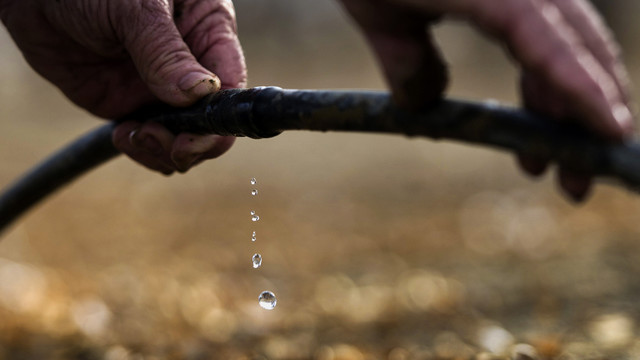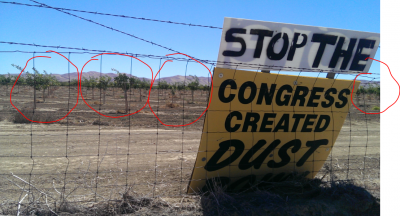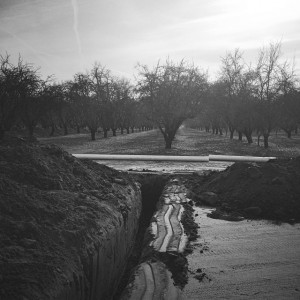All Together Now? Differences in Water Shortage Conditions Across California
California is back in a drought. You’ve heard it on the news, you’ve heard it from scientists, and they’re right — 100% of the state is in at least moderate drought. Yet, California Governor Gavin Newsom has yet to declare a statewide drought emergency, instead opting for county-level declarations — 50 of 58 counties have been declared so far this year. And if you look closer at what impacts different regions are facing, and how they are responding, you see…



